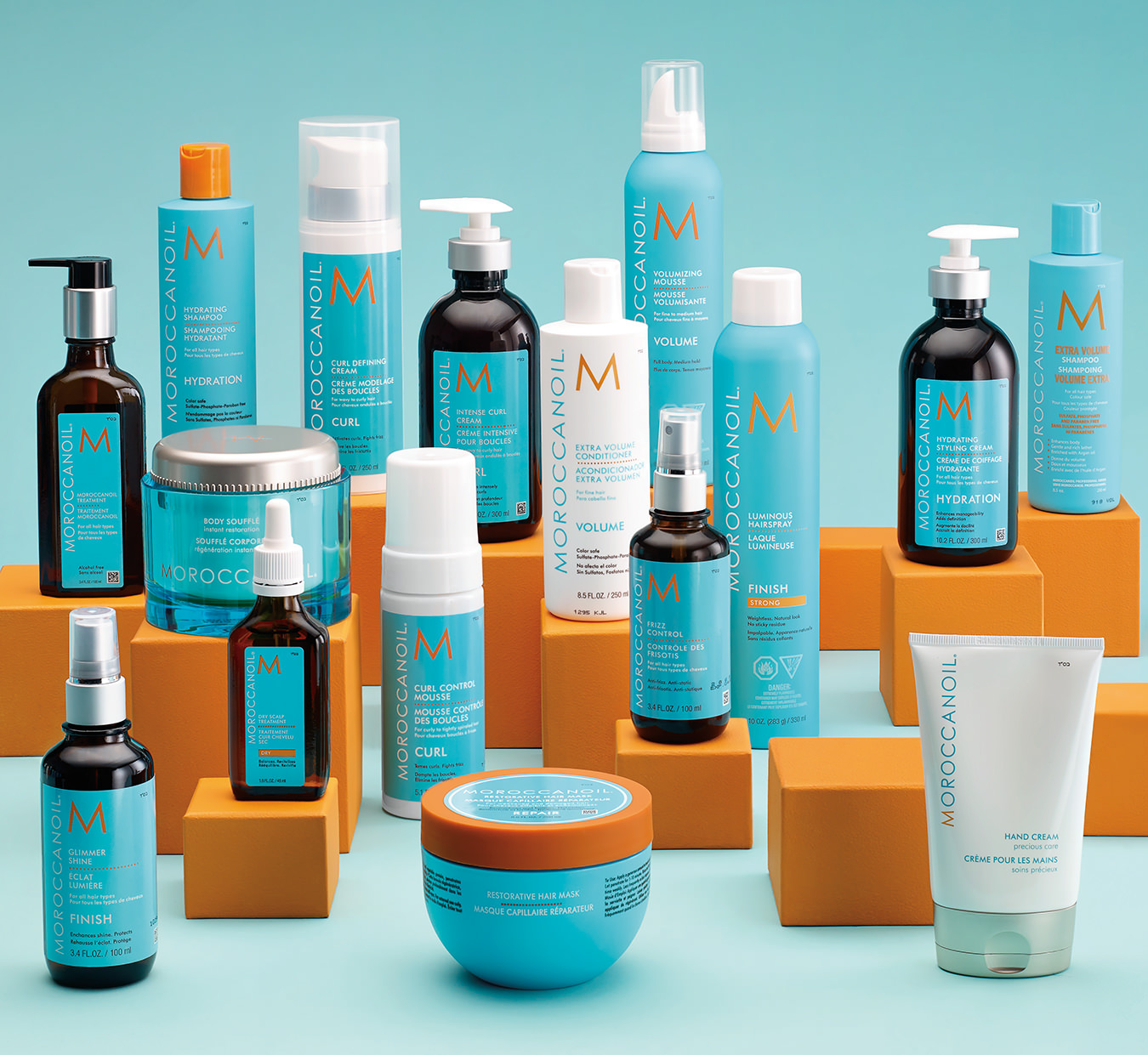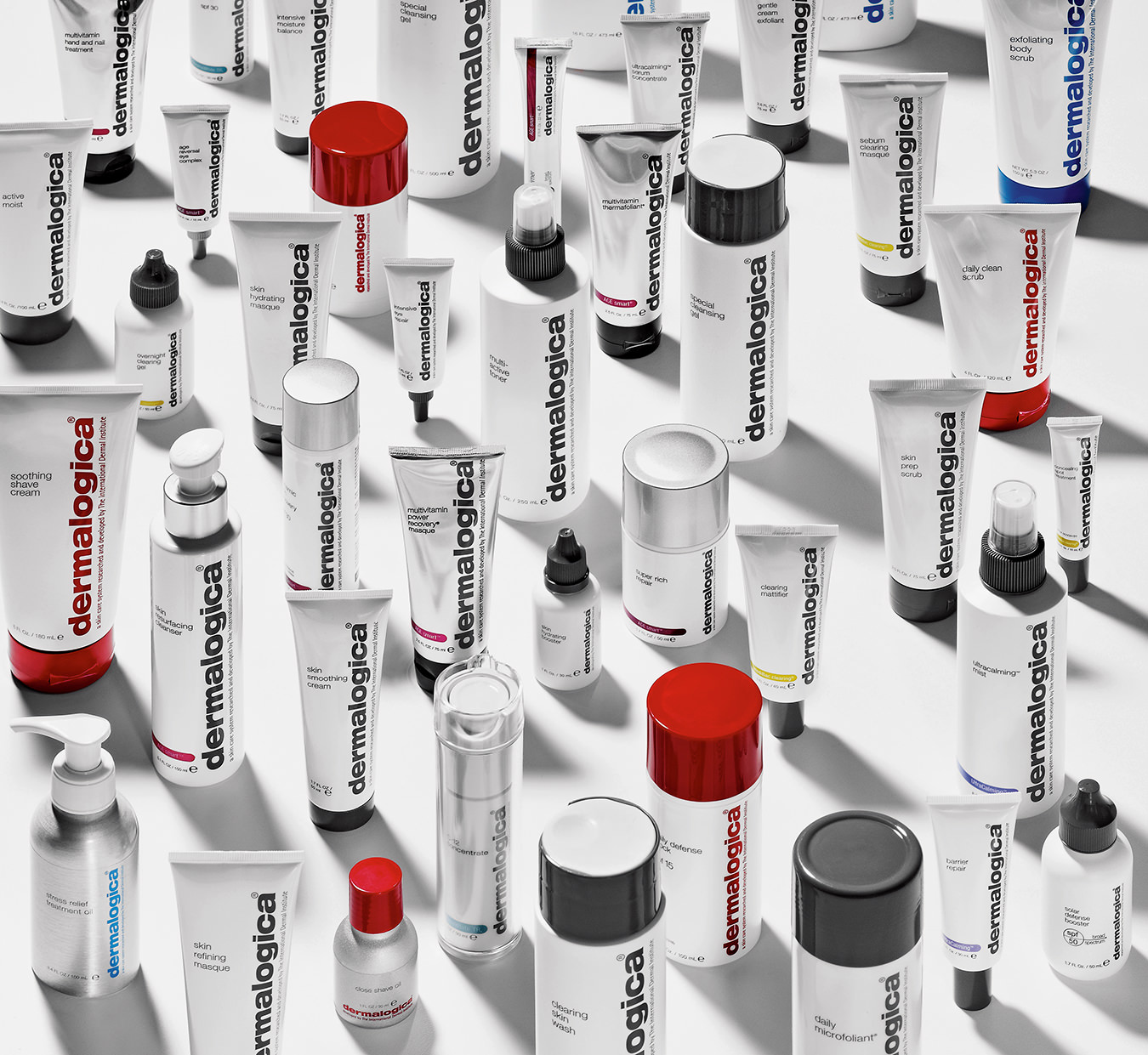-
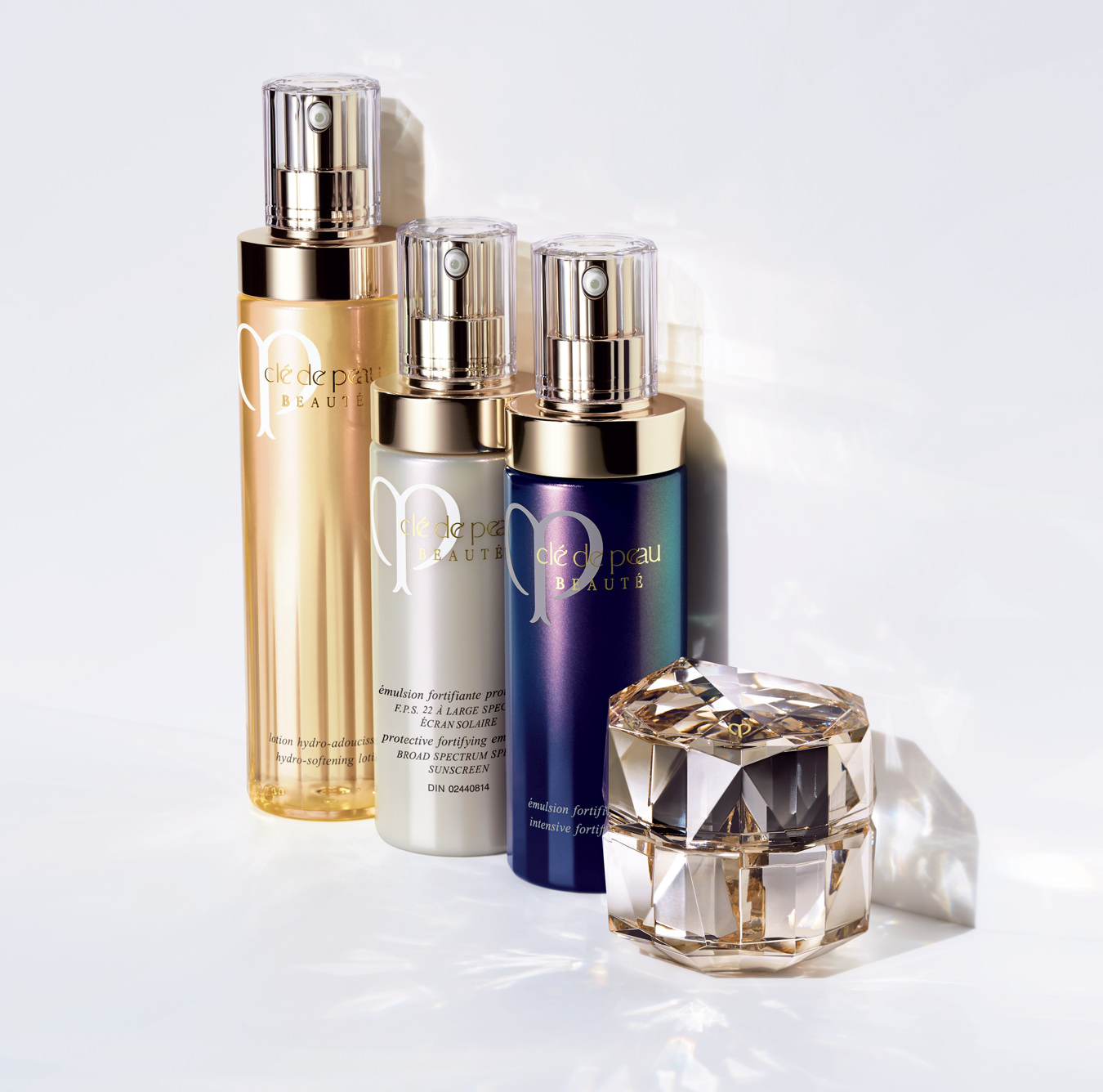
The newly reformulated Clé de Peau Beauté skin-care range is designed to erase the memory of past skin damage.
-
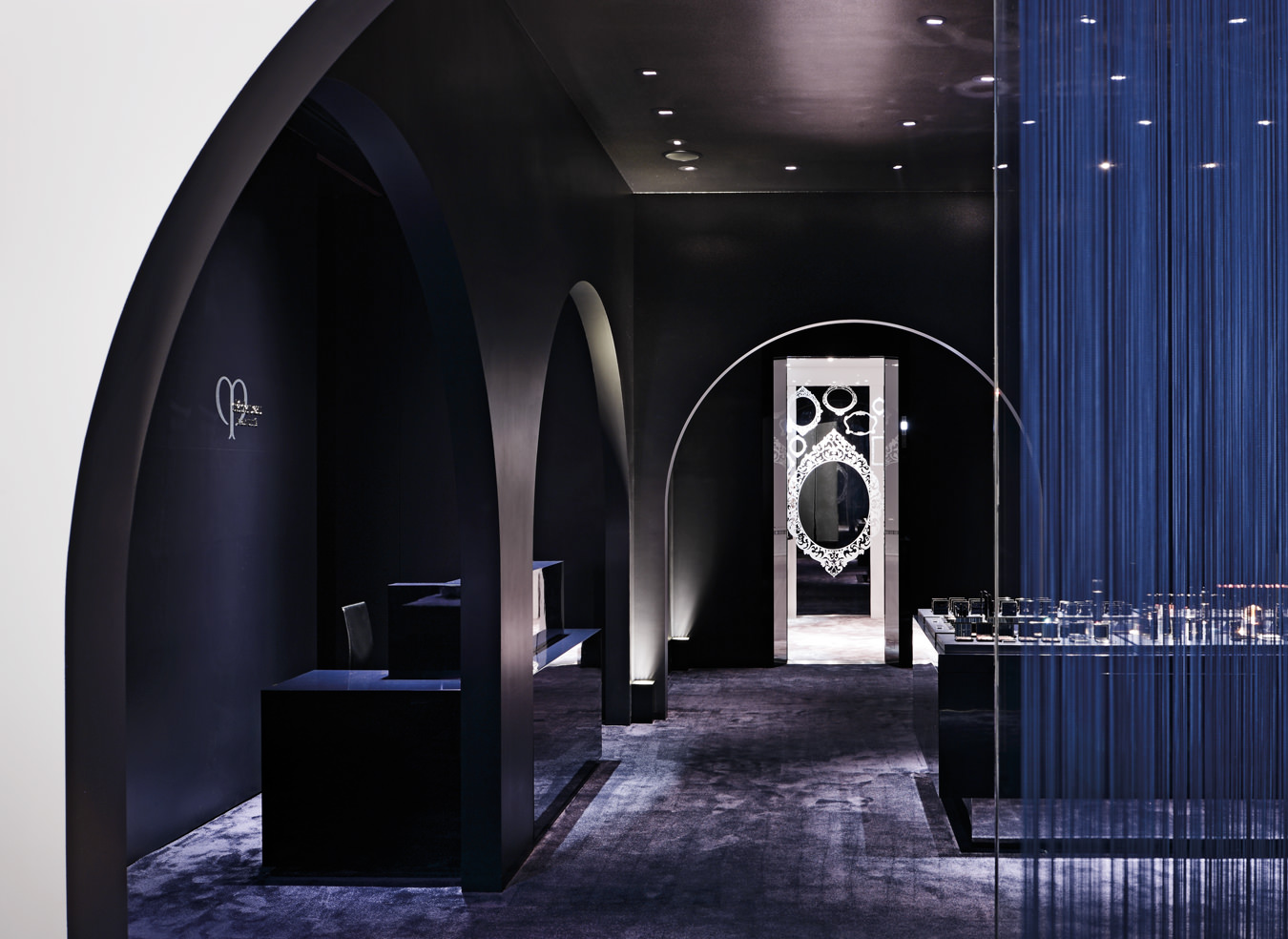
Espace Clé de Peau Beauté is a spa located in the heart of Tokyo’s Ginza, dedicated to Shiseido’s prestige brand.
-
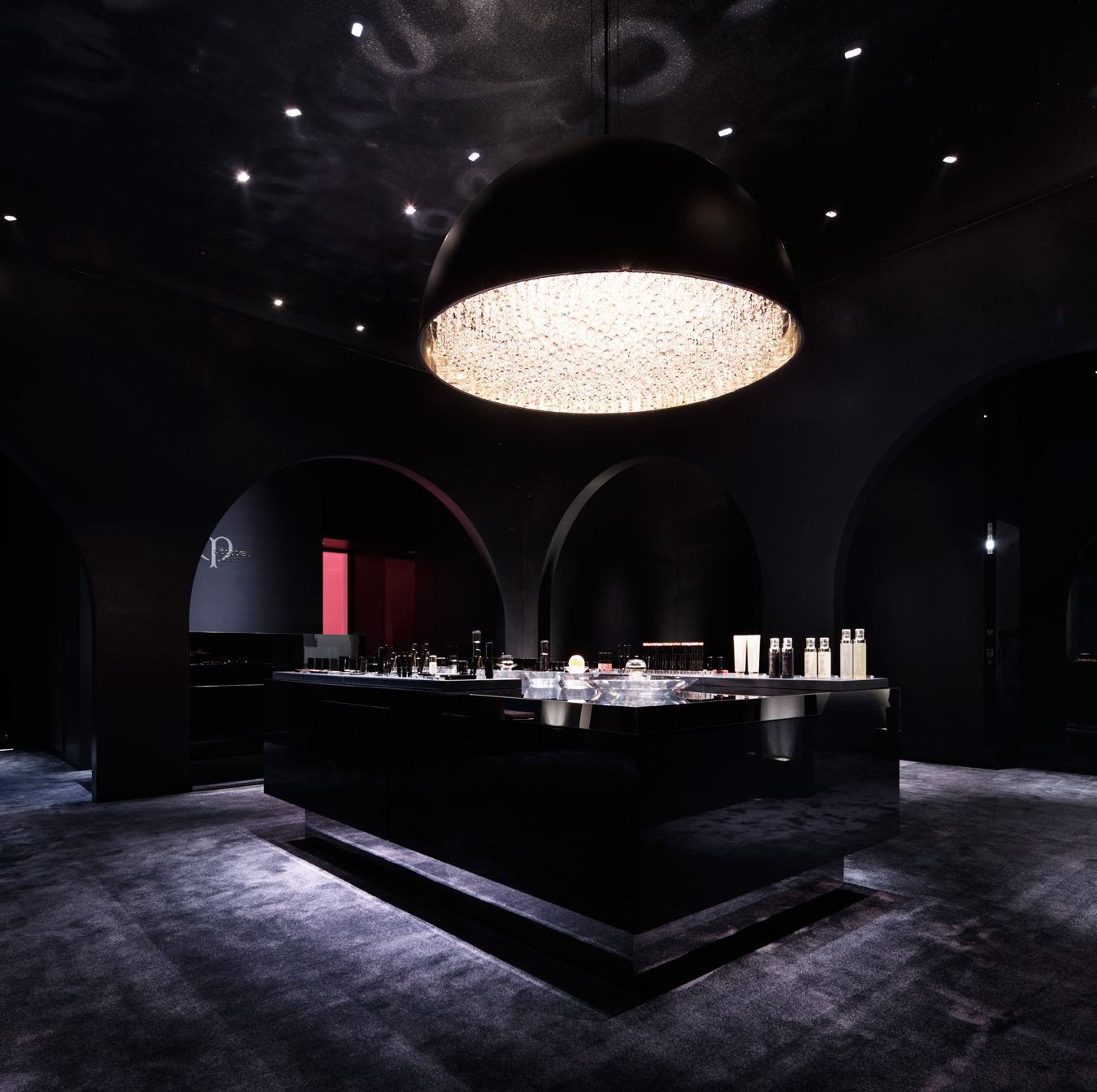
Espace Clé de Peau Beauté in Ginza, Tokyo.
Clé de Peau Beauté
A Japanese ritual.
The Japanese attitude toward beauty is a seductive mix of ritual and artistry. From the country’s geisha history to the mod looks of the 1960s all the way to the Harajuku girls of today, the Japanese have earned a formidable reputation in the beauty industry, and for good reason.
With complexions often described as flawless, radiant, and youthful, Japanese women have long been the poster model for luminous skin. It is more than using the right cleanser and moisturizer. It is more than exfoliation and masking. It is more than a genetic difference. It’s a lifestyle.
In the heart of Tokyo’s Ginza, the district of posh brands and architectural glitz, resides Shiseido The Ginza, a magnificent flagship reflecting the global power of Shiseido. Here, the company’s entire line of products and brands is showcased—from shampoos sold at supermarkets to its pinnacle release, Clé de Peau Beauté. There is a constant stream of foot traffic, personal space is at a premium, and people of all ages test, try, and buy. Three floors up and what seems a world removed from the bustle of shoppers is Espace Clé de Peau Beauté, a spa dedicated to Shiseido’s prestige brand.
Shiseido, the oldest cosmetics company in the world, was founded in 1872 by Arinobu Fukuhara, who set up a Western-style pharmacy in Ginza. Fukuhara is widely credited with communicating the life and culture of Ginza across to the rest of Japan. Today, Shiseido is the largest cosmetics company in the country, with Clé de Peau Beauté considered the hallmark in its behemoth stable of offerings.
Entering Espace Clé de Peau Beauté is an exercise in luxe minimalism. The beauty haven is dark, yet brilliant, with spotlights casting illumination. The brand’s signature navy is engulfing—the floor, the walls, and the ceiling are dedicated to the hue in various textiles and textures. In the foyer, a sizable circular light fixture hangs low, beaming light on the Clé de Peau Beauté product range. Omotenashi, a heartfelt welcome, originating from the traditional Japanese tea ceremony, is the Clé de Peau credo, and its approach to hospitality. A handful of remedy rooms are housed in Espace Clé de Peau Beauté, each dominated by clean lines, with products, linens, and robes stored away to keep the focus on the white treatment chair.
French for “the key to skin”, Clé de Peau was launched in 1982. The brand was designed as a marriage of the finest in Japanese beauty science with simple French elegance. The Internet has made it easy for tips, tricks, reviews, recommendations, and even warnings to circulate at light speed among connected consumers. These same forces propel the beauty industry to new scientific advances. Takayuki Ishimatsu, laboratory director for Clé de Peau Beauté, has spent the last 17 years tucked away in the Shiseido Research Center in Yokohama, where he specializes in pharmaceutical research and skin-care development—and distills methyl aminomethyl cyclohexane carboxamide (MACC), the compound found in Synactif, the Clé de Peau skin-care range that arrived in Canada this past September (it was available in Asian markets prior). “I’m a researcher developing new products,” says Ishimatsu through his interpreter. “I have to come out of the lab and talk about science in a simple way.” The chemist is out of his lab as he speaks, but still in his trademark lab coat.
Clé de Peau, “the key to skin”, is a marriage of the finest in Japanese beauty science with simple French elegance.
Synactif targets the lymphatic system—and what it can do. Lymphatic vessels and capillaries are found throughout the body, and these collect and remove waste materials. “The lymphatic capillaries naturally and thoroughly purify the skin,” says Ishimatsu. The capillaries on the face remove inflammatory cells, water, and toxins, purifying the skin by ridding these factors that can harm its function and appearance. Degeneration of capillaries from UV exposure, and a decrease in functionality due to aging, lead to an accumulation of waste that can cause skin damage, such as the denaturing of collagen. Ishimatsu and his team developed an approach to skin care that strengthens the lymphatic system, regenerates capillaries, and improves the ability to remove waste; with Synactif, the facial lymph systems keep working at top capacity.
Synactif is a five-step system for the at-home ritual—a bar of soap, a softening lotion, a daytime moisturizer, a night-time moisturizer, and a concentrated sculpting contour cream. (The five products can be used separately, but you are encouraged to use them together as the items work synergistically.) “Synactif is not necessarily about anti-aging or firming and lifting,” says Ray Law, senior account executive for Shiseido Canada. “Synactif is all about the purification process. Hydration and the commitment to cleansing the face and keeping skin fresh and clean are essential—especially at night,” Law stresses, “when the skin is resting and breathing.” The Clé de Peau counters at Holt Renfrew in Vancouver and on Bloor Street in Toronto are where Synactif is sold exclusively in Canada and where, for a deeper skin purification, the Soin Synactif facial (suggested every six weeks) is offered.
The Bloor Street and Vancouver Clé de Peau cabines at Holt Renfrew are microcosms of the Espace Clé de Peau Beauté in Ginza, and no less effective at administering the Soin Synactif intensive purifying and brightening facial. The 55-minute, eight-step treatment stimulates the vital lymph nodes on the face and neck to promote lymphatic flow. A trinity of massages, first by hand, then with heat (to increase blood flow), and then with cold (to flush out toxins and fluids), make use of the Clé de Peau proprietary treatment machine.
At the forefront of Ishimatsu’s newest research is “intuitive skin theory”, based on the concept of the skin having the ability to process information for itself, just like the brain does. “NMDA receptors that are present in the hippocampus, the area of the brain that governs memory, and that play an important role in memory and learning are also present in the skin,” claims Ishimatsu. Come spring, the newly reformulated Clé de Peau skin-care line, designed to erase the memory of past damage, will launch. “The ability to process information means that when cells are damaged by environmental factors their normally calm state changes into one of excitation,” explains Ishimatsu, “but the skin has a system whereby it can instantly restore itself to a calm state.”
The Clé de Peau Beauté laboratory director has been working on this newest project for the past 13 years, with the key ingredient of amino acid theanine (the base of the umami of green tea), said to prevent stimulation to the NMDA receptors that govern memory and so encouraging the skin to “reset” itself following damage by prompting cells to release all memories of previous deficiencies. Theanine is combined with hydrolyzed silk (extracted from platinum golden cocoons) as well as hydrolyzed conchiolin, an element extracted from Japanese pearls.
Knowledge and innovation have created a dynamic world of beauty, one which is defined through constant reinvention. Behind the development of every beauty breakthrough is a team of scientists who don’t often get the credit they should. That is not the case for Takayuki Ishimatsu, who travels the world decoding his science to the legion of Clé de Peau devotees. You are hard pressed not to notice Ishimatsu’s skin: he’s 42, but barely looks old enough for chemistry class. Undoubtedly a disciple of his own elixirs.


